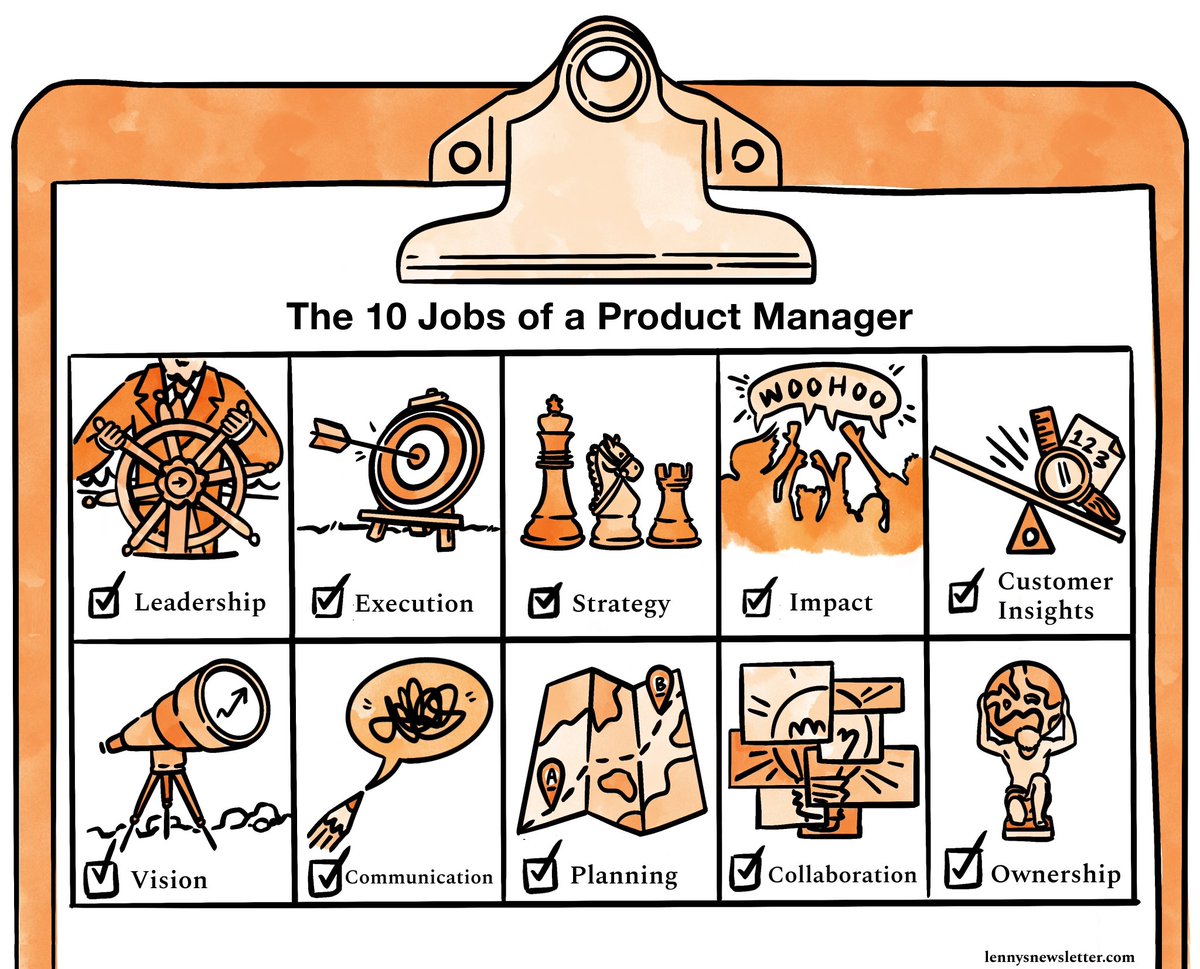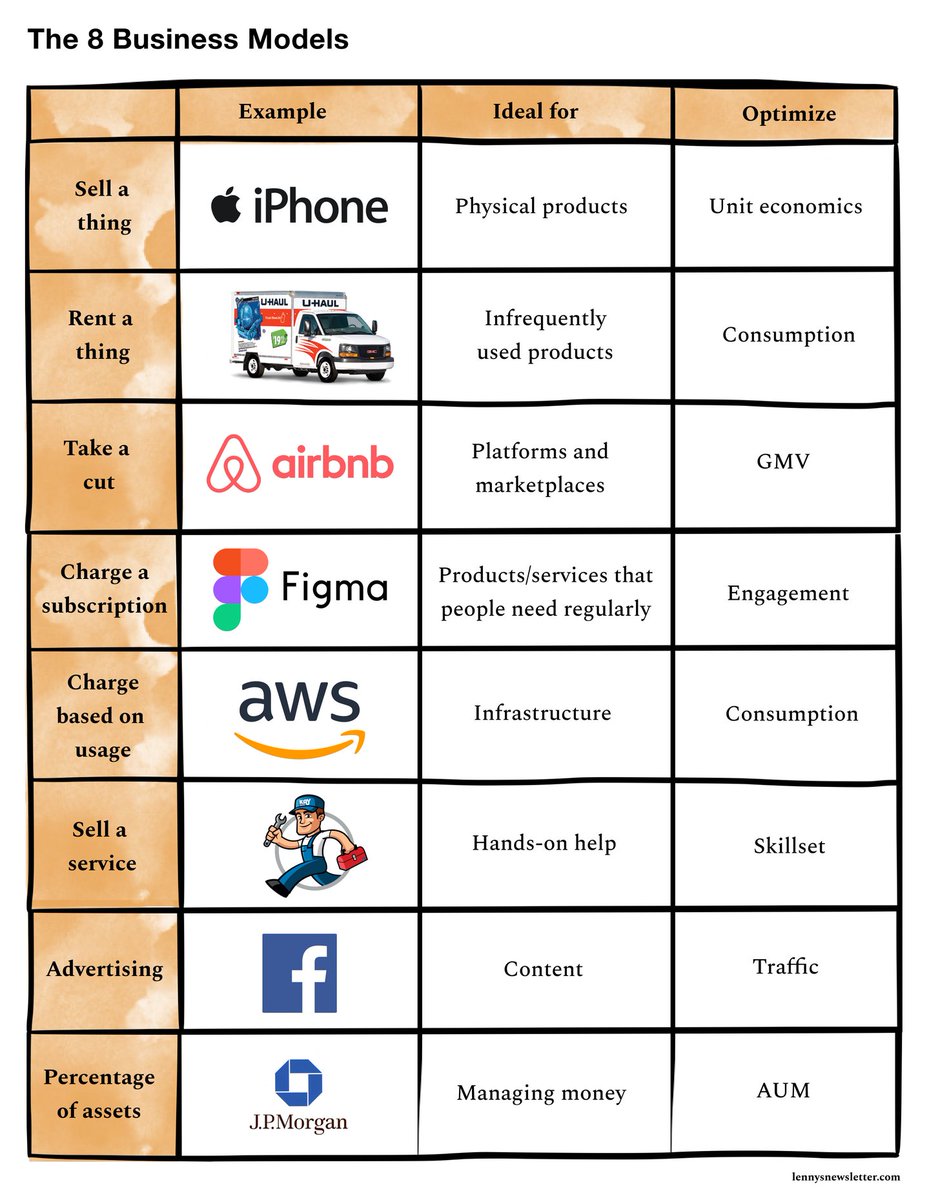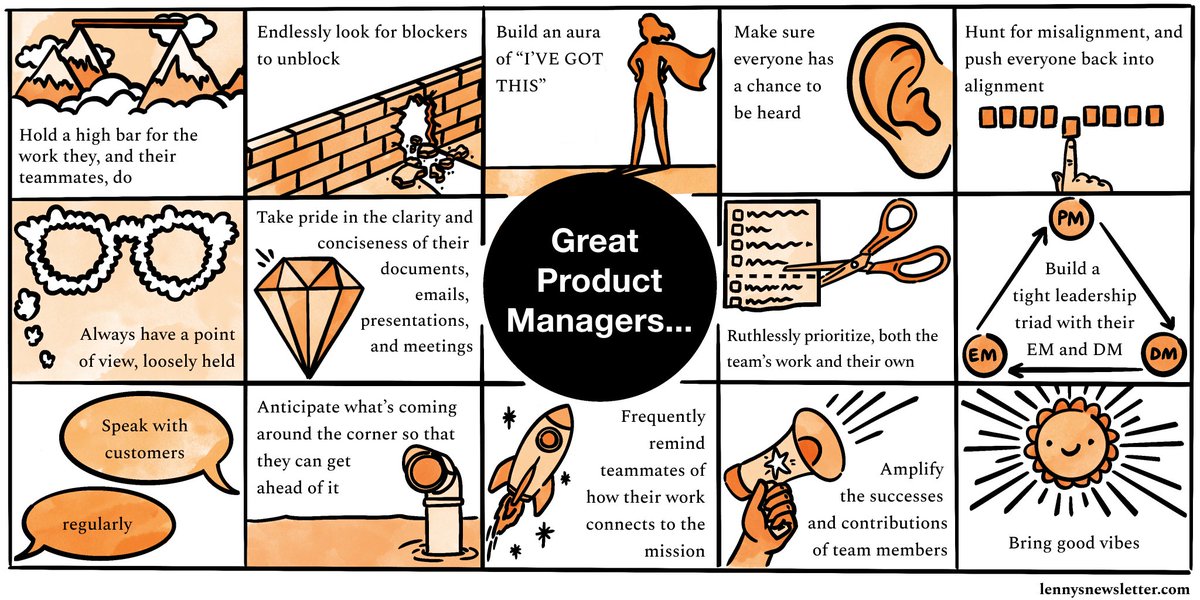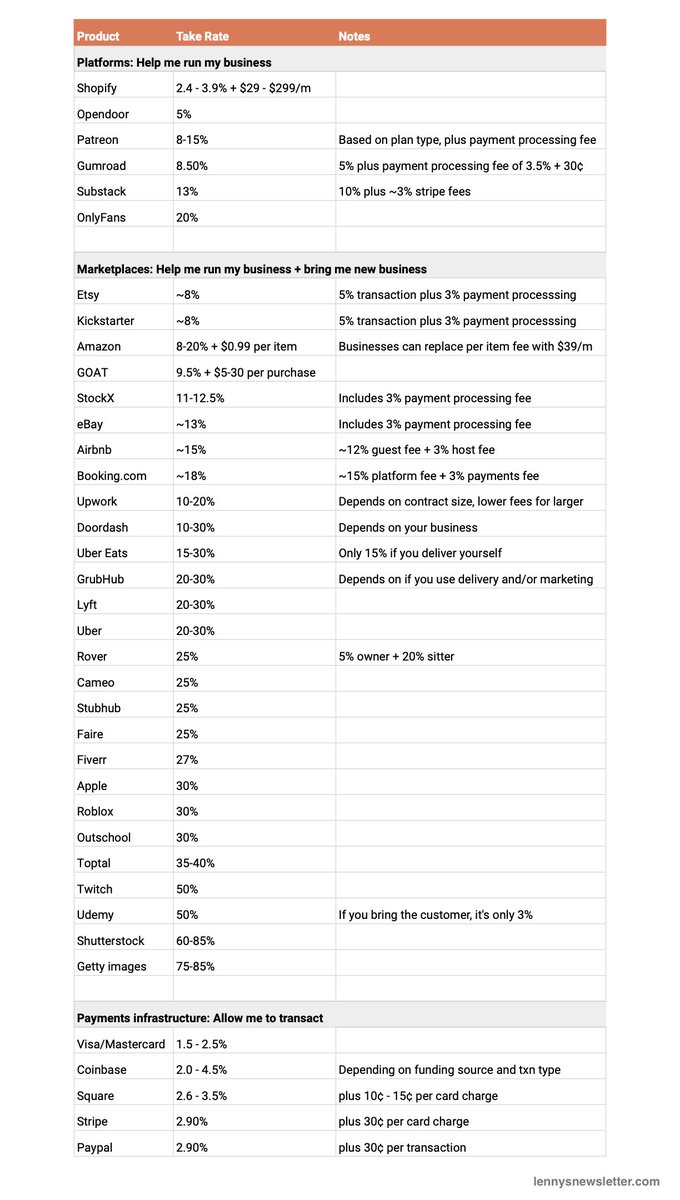
1/ Leadership
"Demonstrates ability to effectively motivate a large team. Can successfully start and direct self-sustaining teams."
"Inspires teams to achieve great outcomes. Pushes team when they need to be pushed, and supports teams when they need support."
"Demonstrates ability to effectively motivate a large team. Can successfully start and direct self-sustaining teams."
"Inspires teams to achieve great outcomes. Pushes team when they need to be pushed, and supports teams when they need support."
2/ Execution
"Focuses, runs, and plans across a series of teams that operate seamlessly with minimal blockage, minimal noise, and a rapid clip of high-quality delivery. Others frequently turn to this person to understand how to run highly productive teams."
"Focuses, runs, and plans across a series of teams that operate seamlessly with minimal blockage, minimal noise, and a rapid clip of high-quality delivery. Others frequently turn to this person to understand how to run highly productive teams."
3/ Strategy
"Articulates a path to achieve results for a product area."
"Can take ambiguous, large product spaces and create principles / focused strategy to organize a wider team along with product plan."
"Articulates a path to achieve results for a product area."
"Can take ambiguous, large product spaces and create principles / focused strategy to organize a wider team along with product plan."
4/ Communication
"Demonstrates strong verbal and written communication skills in interactions with team and product stakeholders. Supports communication about team’s work to executives and company at large."
“Communicates concisely, influences outcomes, and messages crisply."
"Demonstrates strong verbal and written communication skills in interactions with team and product stakeholders. Supports communication about team’s work to executives and company at large."
“Communicates concisely, influences outcomes, and messages crisply."
5/ Deliver impact
"Shows quantifiable impact by hitting aggressive goals that move metrics"
"Demonstrated track record of delivering step function improvement to the business and customers."
"Shows quantifiable impact by hitting aggressive goals that move metrics"
"Demonstrated track record of delivering step function improvement to the business and customers."
6/ Leverage customer insights and data
"Talks to a range of customers, always looking for deeper insight. Is able to use this insight to effectively create the best possible value in their product area."
"Able to derive insights from data to support new bets."
"Talks to a range of customers, always looking for deeper insight. Is able to use this insight to effectively create the best possible value in their product area."
"Able to derive insights from data to support new bets."
7/ Planning and goal setting
"Owns business planning and serves as the representative to executives."
"Creates effective plans with a defined purpose and business outcomes, defined roles/responsibilities, and clear timelines/milestones."
"Owns business planning and serves as the representative to executives."
"Creates effective plans with a defined purpose and business outcomes, defined roles/responsibilities, and clear timelines/milestones."
8/ Collaboration
"Handles conflict and hard conversations directly and with maturity—can be trusted to lead through challenges or uncertainty."
"Proactively looks for opportunities to improve how to work well together within the team and across teams."
"Handles conflict and hard conversations directly and with maturity—can be trusted to lead through challenges or uncertainty."
"Proactively looks for opportunities to improve how to work well together within the team and across teams."
9/ Vision
"Crafts a broad, long-term vision for the product area they are managing, including outlining important, new areas for product development."
"Articulates a vision that inspires, resonates, and drives clarity."
"Crafts a broad, long-term vision for the product area they are managing, including outlining important, new areas for product development."
"Articulates a vision that inspires, resonates, and drives clarity."
10/ Ownership
"Identifies problems or goals and works independently to find a solution. Links and guides multiple roadmaps toward a coherent, shared set of goals. Influences others to take ownership of work."
"Takes responsibility for outcomes and doesn’t make excuses."
"Identifies problems or goals and works independently to find a solution. Links and guides multiple roadmaps toward a coherent, shared set of goals. Influences others to take ownership of work."
"Takes responsibility for outcomes and doesn’t make excuses."
• • •
Missing some Tweet in this thread? You can try to
force a refresh







